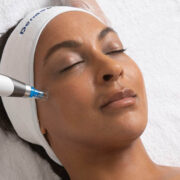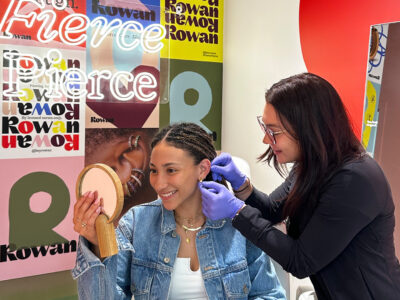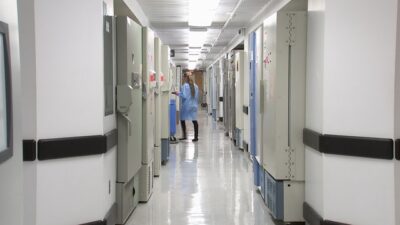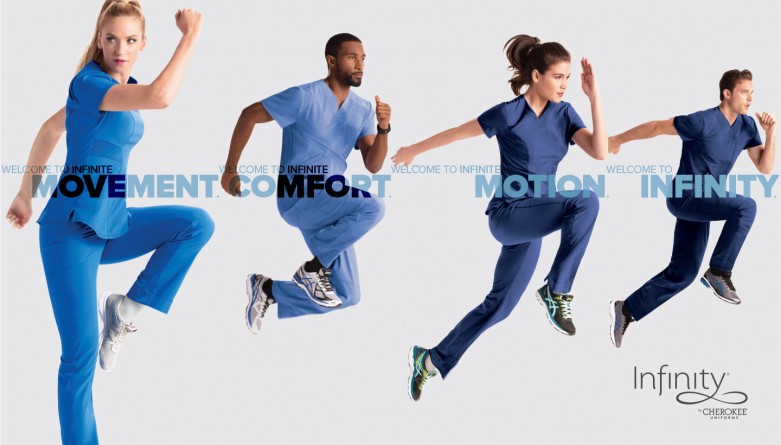In the bustling corridors of a hospital or a private clinic, healthcare professionals often face a daunting avalanche of paperwork. Agendas are filled to the brim, and stacks of patient records teeter on desks, demanding attention.
Amidst this chaos enters a hero—the healthcare document scanner, a tool that is fast becoming as essential to healthcare practices as stethoscopes and scrubs. But what makes these scanners so integral to modern medical practice? Let’s delve into the heart of how this technology is reshaping the landscape of healthcare documentation.
It’s no secret that healthcare document scanners have revolutionized medical documentation. These devices provide healthcare facilities with an effective means to bridge the gap between traditional paper-based systems and the digital age. The ability to swiftly scan and upload documents not only ensures that patient information is more accessible but also significantly reduces the likelihood of data loss or clerical errors due to mishandling of paperwork.
In a world where time is of the essence, particularly in emergencies, the efficiency afforded by document scanners can literally be life-saving.
Tackling the Mountain of Paperwork: The Plight of Healthcare Professionals
Imagine a day in the life of a nurse: between patient care, administrative duties and the ongoing demands of documentation, there’s hardly a moment to breathe. Nurses deal with tons of forms, ranging from patient intake paperwork to test results and prescription slips.
The integration of a healthcare document scanner can turn this tide, digitizing paper records swiftly and making sure that health practitioners spend more time with their patients and less with their file cabinets.
Transition Tools: The Basic Functions of a Healthcare Document Scanner
A good healthcare document scanner isn’t just about transforming paper into pixels; it’s about enhancing the day-to-day practice of medicine. Starting from the simple push of a button, these scanners can convert handwritten notes, printed reports and even ID cards into digital formats.
Easy to set up and operate, they come equipped with features like automatic document feeders, optical character recognition (OCR) and secure, HIPAA-compliant cloud storage options. And for the more tech-savvy settings, some come with wireless connectivity, enabling documents to be sent directly to electronic health records (EHRs).
Embracing Digital Transformation in Healthcare With Ease
The transition to a digital-first approach in healthcare can seem overwhelming. There are legacy systems to consider, staff training sessions to hold and new protocols to establish. However, taking the leap isn’t as daunting as it appears.
In fact, once a document scanner is brought into the mix, many healthcare providers wonder how they ever managed without it. Simplicity marks the introduction of these devices into existing workflows, as they’re designed to be intuitive and user-friendly, ensuring that the staff can quickly adapt with minimal disruption to their routine.
From Clipboard to Cloud: Transforming Patient Data Into Digital Assets
Healthcare providers have been entrusted with a critical task—to safeguard and efficiently manage patient data. As medical records transition from paper clipboards to the digital cloud, the reliability and security of this data become paramount.
A healthcare document scanner serves as a bridge, offering an easy path to convert sensitive files into encrypted digital records that can be easily retrieved, updated and shared across healthcare systems. With robust data management tools, these scanners help ensure that healthcare providers can focus on what matters most—patient care.
Measuring the Impact: How Document Digitization Boosts Nursing Efficiency
Nurses are among the most impacted by the influx of technology in healthcare, and rightfully so. Theirs is a role where efficiency equates to better patient outcomes. Through the use of document scanners, the nursing workflow is streamlined, reducing the time spent on administrative tasks.
With fewer errors and improved access to crucial health information, nurses can coordinate care more effectively. Add to this the improved patient satisfaction that comes from swift and accurate services, and it’s easy to see why document digitization isn’t just a trend—it’s a facet of the healthcare industry that’s here to stay.
















